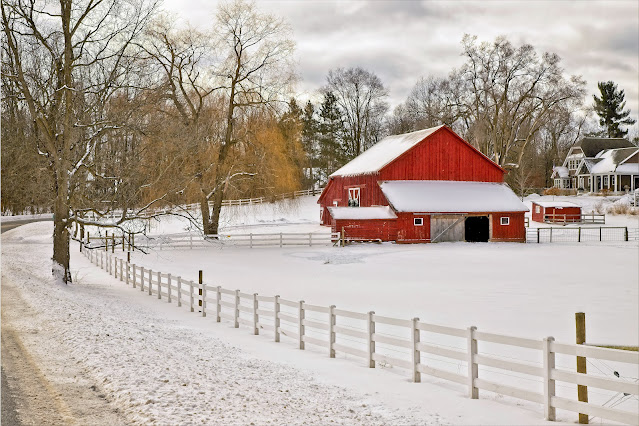Mama Was Right: Why and How to Eat Your Vegetables
* This blog is reader-supported. If you buy through my links, I may earn a small commission.
The reasons to eat lower on the food chain are pretty compelling.
One easy way to lower blood pressure and cholesterol, moderate blood sugar, reduce the risk of heart disease and stroke, save money at the grocery store, and simplify your menu is to eat more plant-based foods such as vegetables, fruits, beans, nuts, and whole grains.
Plant foods are the richest, most abundant sources of vitamins, minerals, and fiber. They contain antioxidants and hundreds of phytochemicals, and many of these contain disease-fighting properties that a laboratory can't duplicate.
There's even evidence that eating more fruits and vegetables protects cognitive health and reduces symptoms of depression, specifically because a plant-based diet reduces inflammation.
When you buy produce in season, the cost is minimal compared with meat and dairy products. Nuts can be a bit pricey, but whole grains, seeds, and legumes (beans) are always a good buy, and provide plenty of protein.
Not only will you improve your health and save money, but if more people ate this way more often, the agricultural industry would use less water and produce less animal waste, including greenhouse gases like methane.
Methane emissions from cattle and other livestock are a threat to global climate, and those emissions are increasing rapidly, according to research funded by NASA and led by the U.S. Department of Agriculture. If you think we should be using fewer fossil fuels, you might agree we should also cut down on the amount of meat and dairy we consume.
Recently, crops such as almonds have gotten a bad rap, since it takes a lot of water to grow almond trees to fruitful maturity. However, in California, which grows 80% of the world's almonds (some of them just down the road from my house), the alfalfa crop actually uses way more water. Here's a news flash: alfalfa is grown for cattle feed. Including other types of pasture land and most of the corn grown in my state, the amount of water used to feed cattle is astonishingly high. In fact, raising cattle takes more of California's water than any other activity.
For all of these reasons, it just makes sense to put more plants on our plates!
Have I convinced you?
Here are three easy steps to help you start eating more plant-based meals.
1. Start by adding a fruit or vegetable to every meal.
If you already eat some fruits and veggies every day, great! But do you eat the recommended five servings?
- Add chopped apple, sliced banana, or some fresh or frozen berries to your morning oatmeal.
- Add onions, bell peppers (sweet peppers/capsicum), mushrooms, zucchini (courgette), or spinach to your scrambled eggs.
- Add green salads or vegetable soups at lunch or dinner.
- Add cucumbers, lettuces, sprouts, or tomatoes to sandwiches.
- Snack on olives, carrots, jicama (Mexican turnip), sugar snap peas, and seasonal fruits.
- Add an extra serving of any veggie to your dinner plate.
2. Make fruit your dessert of choice.
Cut out (or at least down) on processed sugar and baked goods, and learn to appreciate the natural sweetness of fruit.- Enjoy a bowl of fresh berries in season.
- Savor a big slice of chilled watermelon or a juicy peach in season.
- Bake an apple. It doesn't need sugar, but do use cinnamon, nutmeg, ginger, and cloves.
- Whip up some Pumpkin Pie Greek Yogurt.
- Try grilled fruit. Pineapple is especially good, brushed with a bit of honey and lime juice.
- Slice a banana, drizzle on a little melted peanut butter, and dust with cinnamon. Yummy!
3. Eat more meals that focus on legumes, nuts, and whole grains instead of meat.
There are lots of possibilities.
- Curried chickpeas with roasted sweet potato
- Vegetarian chili over a small baked potato
- Baked beans with corn bread
- Whole grain pasta with mushroom sauce
- Split pea or lentil soup with kale chips
- Brown rice pilaf with fruit and nuts, served with sautéed or roasted green beans (I like to add more nuts, such as walnuts or pistachios, to this recipe.)
Spending more of your budget and calories on the low end of the food chain will stretch your food dollars and increase your health and nutrition, while lessening the impact of your diet on climate change. It's a win for everyone, and it'll make your Mama happy too.
P.S. For excellent scientific information (in plain English!) about vegetarianism, I hope you'll explore my friend Lillian's website, becomevegetarian.org.






Comments
Post a Comment